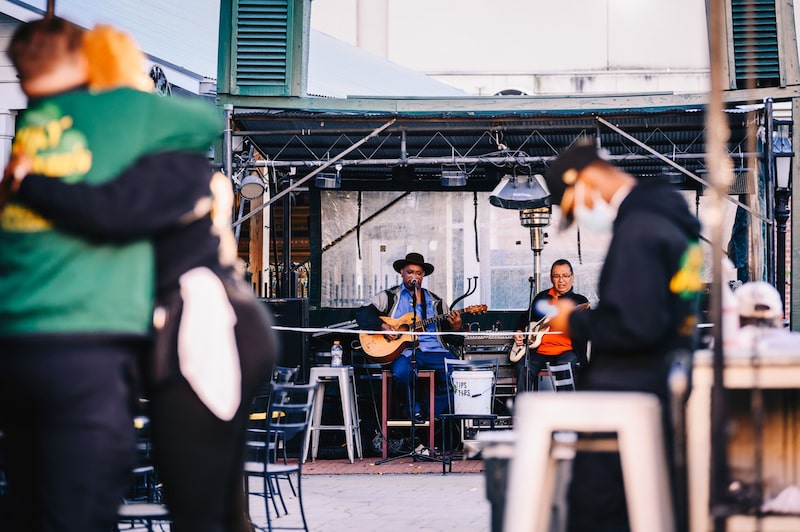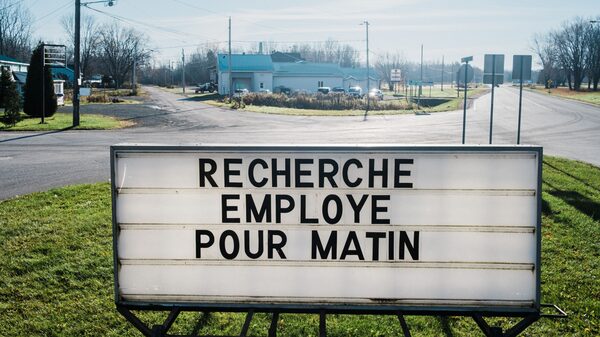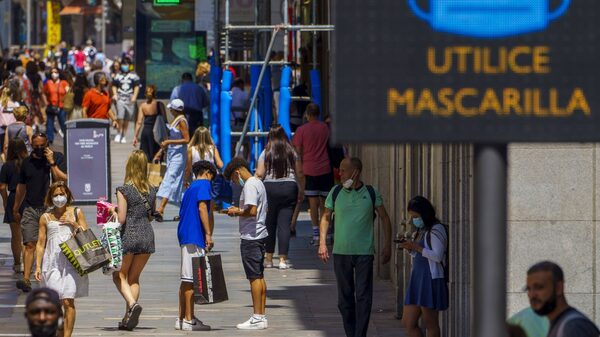Bloomberg — The year 2022 is when I traveled overseas in earnest for the first time since Covid-19 broke out, and it became one of my most meaningful years of travel. That might not seem surprising after a global pandemic restrained most of us, including this travel reporter, to backyards. But keeping my eye on the industry put a lot of things in perspective.
For years before Covid hit, I’d hop around the Caribbean and Central America, filling my days with ecolodge stays, rainforest hikes and community-led tours and sharing stories on how to explore this touristed region beyond experiencing just sand and sea.
The pandemic predictably ended that blissful (if perpetually exhausting) run, and sent me on a path of reporting about the business side of tourism from within the walls of my home office. For two years, it meant diving into this industry’s negative impacts, made evident when global tourism vanished, and writing opinionated pieces as to how destinations might “build back better” to protect nature and benefit locals in a more equitable way. I wasn’t so optimistic that the industry would heed my advice.
How would I feel when international travel restarted and I got back on the road, as a tourist and as a skeptical tourism reporter?
This post-pandemic year of exploration unfolded as if the universe had tapped into my thoughts. And I learned: Being more intentional about our travel choices always pays off.
From my first experience with Indigenous tourism in Canada, to learning Black American history I thought I knew (but didn’t), hiking my first volcano and getting out of my comfort zone at a Moroccan hammam, I’ve shed tears of joy at the sheer power of human connection.
Here are the five places I visited this year that reminded me why tourism remains a positive force in a world fraught with misunderstanding and misinformation.

Québec
“When I was young, my father used to tell me: ‘Don’t tell everyone that you’re Indigenous, you don’t need the attention,’ because I could pass as non-Indigenous,” said Dominic Ste-Marie. A member of the Huron-Wendat First Nations peoples in Canada, he had just concluded a fireside storytelling hour on their myths and legends.
It’s one of many cultural activities available to guests at the upscale Hotel-Musée Premières Nations in Wendake, an urban reservation of the Huron-Wendat First Nations in Québec province. The storytelling takes place on hotel grounds, inside the Ekionkiestha’ National Longhouse—a towering structure made of wood and bark of the kind First Nations families in Canada used as a communal home in precolonial times.
While it sounds like a remote part of the country, we were staying a mere 15-minutes’ drive from Old Québec City. Indigenous tourism is a sector that contributed $1.9 billion to Canada’s gross domestic product in 2019. It’s predicted to boom as luxury travelers’ interest in Indigenous communities continues to grow in a world reckoning with race relations and our colonialist past.
During the pandemic, there were grim discoveries of the remains of more than 1,000 Indigenous children in unmarked mass graves at former residential schools in Canada, state and Catholic Church-run boarding schools at which Indigenous children were abused and forced to assimilate into White Canadian society. Families from other parts of Canada are coming to Hotel-Musée Premières Nations in significant numbers, staff at the hotel said, bringing their children because parents want them to learn differently than they did about First Nations communities in Canada.
Throughout my time here, it was impossible not to notice that tourism is a powerful tool for preserving a culture, instilling pride among its youth and boosting economic growth for communities. But experiencing Indigenous tourism in Québec, as I did, also made for a trip that’s packed with unique moments. My favorites were a talking stick crafts workshop at Musée Premières Nations, sampling First Nations and Inuit cuisine (bannock bread traditionally pit-cooked in sand; a kind of flatbread made of flour, water and sugar; bison soup, and deer meat poutine) and walking through the Onwha’ Lumina night forest show, which tells the story of the Huron-Wendat peoples through mesmerizing visual and musical sound effects.
On my final day, I made it to Old Québec City, long on my list of places to visit, and dined at Sagamité restaurant in the heart of the colonial city. It was the first and only Indigenous-owned restaurant to open here in 2019.
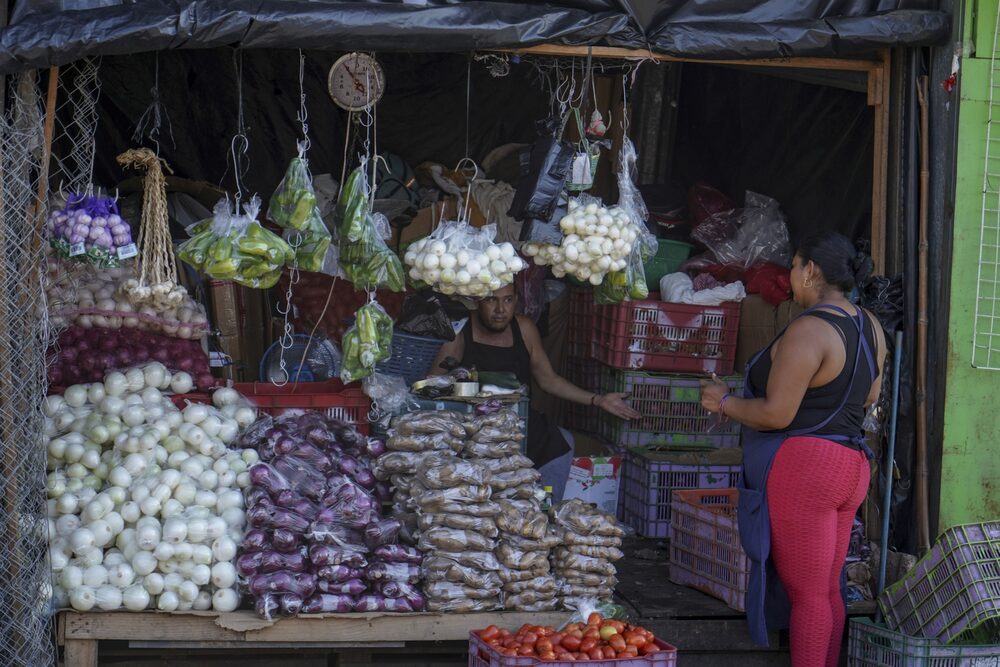
El Salvador
Are you skeptical? So was I. El Salvador attracted a ton of coverage when it adopted Bitcoin as a formal currency in 2021, the first country in the world to do so. But I was more intrigued by the government’s draconian crackdown on gangs as it unfolded on social media. It was leading to a rebound in the tourism industry; more safety means more visitors, to the point where the country’s tourism revenue has surpassed 2019 levels.
I wasn’t prepared for what I experienced: excellent roads hugged by lush, green landscapes, scenic coastlines dotted with small, clifftop restaurants, the coffee plantations and the Pacific black-sand beaches where surfers ride the waves at sunset.
Did you know El Salvador is home to over 100 volcanoes, 14 of them active? I’ll never forget the panoramic mountain views as I hiked toward the summit of Ilamatepec, or Santa Ana, the country’s highest volcano at 7,811 feet above sea level. The thrill of standing on the crater’s edge and staring into a deep-emerald sulfur pool is a memory that continues to overwhelm me, a reminder of the tiny place I occupy in the universe. While we were there, a group of about eight tourists showed up behind us, the most we’d seen during our trip.
Countless moments revealed the soul of this tiny nation, with none quite like the Sunday we spent with our local guide Osmaro from Eco Tours Petate on the Ruta de Flores (Flower Route). The “flowers” represent five mountainside villages with Indigenous roots that are close to one another, starting from the Pacific resort town of El Zonte, an hour’s drive west of San Salvador.
We shopped handmade crafts in Nahuizalco at the Centro de Desarollo Artesanal, a boutique and school that are part of the government’s effort to revive artisanal skills through tourism. We walked along the colorful murals of Ataco, and enjoyed lunch at the lively Sunday food festival in Juayua. All the while, local families relaxed in beautifully landscaped central parks, and young Salvadorans sang their hearts out in central squares. At the end of each day, we’d relax in one of three infinity saltwater pools at Atami Resort, a family-friendly pick on El Salvador’s southern coastline.
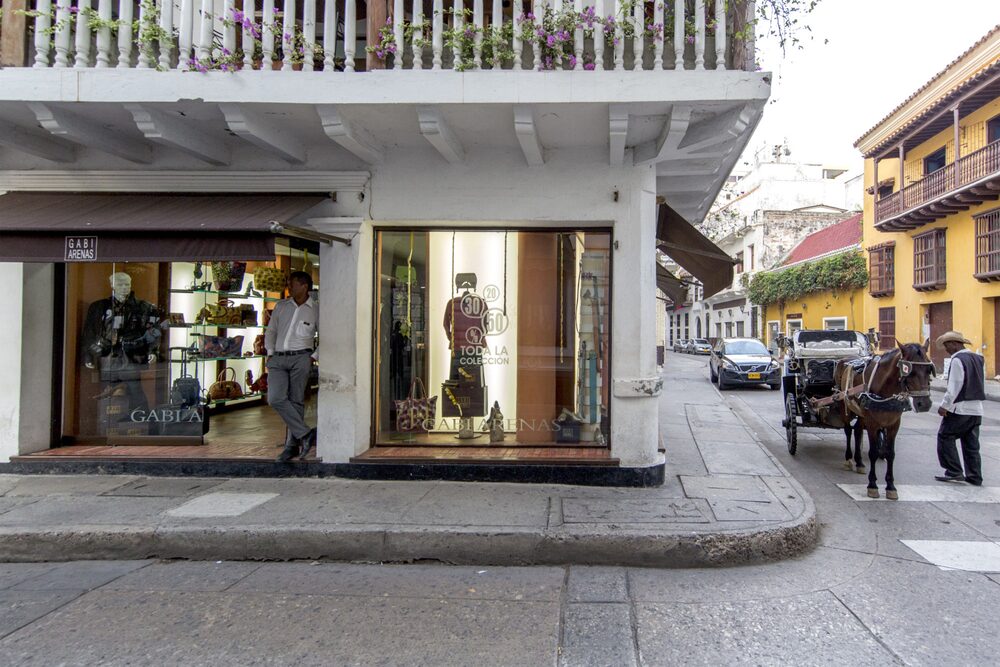
Cartagena, Colombia
Colombia was a week from electing its first Black female vice president when I visited in May 2022, and Bogota’s public squares were buzzing with political rallies. By contrast, Cartagena was crowded with tourists enjoying this seaside historical city. I promised my husband we would take fewer tours on our itinerary—an occupational hazard of mine—and would take in plenty of idle days at the luxurious Casa del Arzobispado.
We wound up exploring more than lazing by our hotel’s gorgeous courtyard pool. How could we come this far and not visit San Basilio de Palenque, the first free African settlement in the Americas? The village of Palenque was founded in 1691 by enslaved Africans who managed to flee the nightmare of Spanish-run slave plantations to form a settlement.
A Colombian friend and Cartagena native put me in touch with Victor Simarra, born and raised in Palenque, to be our guide for a day. Victor led us on a walk while sharing stories of growing up in the village. He’d occasionally pause to greet people, which made us feel as if a friend were showing us his hometown. He is known for having helped preserve Palenque’s traditional cuisine and for guiding the women of the village into authoring an award-winning book of recipes.
Already familiar with much of this region’s history, I wasn’t expecting to learn anything surprising. Palenque proved me wrong. At the community-run Casa Museo Palenque, portraits of African women in braids caught my attention: In colonial times in Cartagena, African women used their braids to communicate about escape routes from Spanish plantations. They also used their hair to hide gold coins and seeds of rice, corn and beans that they would then plant where they lived in hiding, in present-day Palenque. The village has become a major tourist draw, attracting Black American travelers in particular.

Memphis
It’s curious that I knew more about Colombia’s colonial history than I did key of details of Black American history. For instance, I didn’t know that when Martin Luther King Jr. was assassinated, it took place in Memphis, at the Black-owned Lorraine Motel. Neither did I know that you can visit this location, now the powerful National Civil Rights Museum. I spent more than two hours immersed in historical multimedia displays about slavery in the US, racial segregation and the battle for civil rights, starting with the transatlantic slave trade. It wasn’t enough time.
Memphis schooled me further when I visited Stax Records’ original studio location, home to the Stax Museum of American Soul Music. The vinyl records of soul music I’d heard my mother blast as a child, when we lived halfway around the world in West Africa—Otis Redding and Issac Hayes, among others—were created here.
Even more remarkable is that Stax Records was an interracial company whose studio featured Black and White artists and producers working side by side in the middle of a segregated city. After King was assassinated, Stax artists heightened their activism through music, fighting racism and segregation.
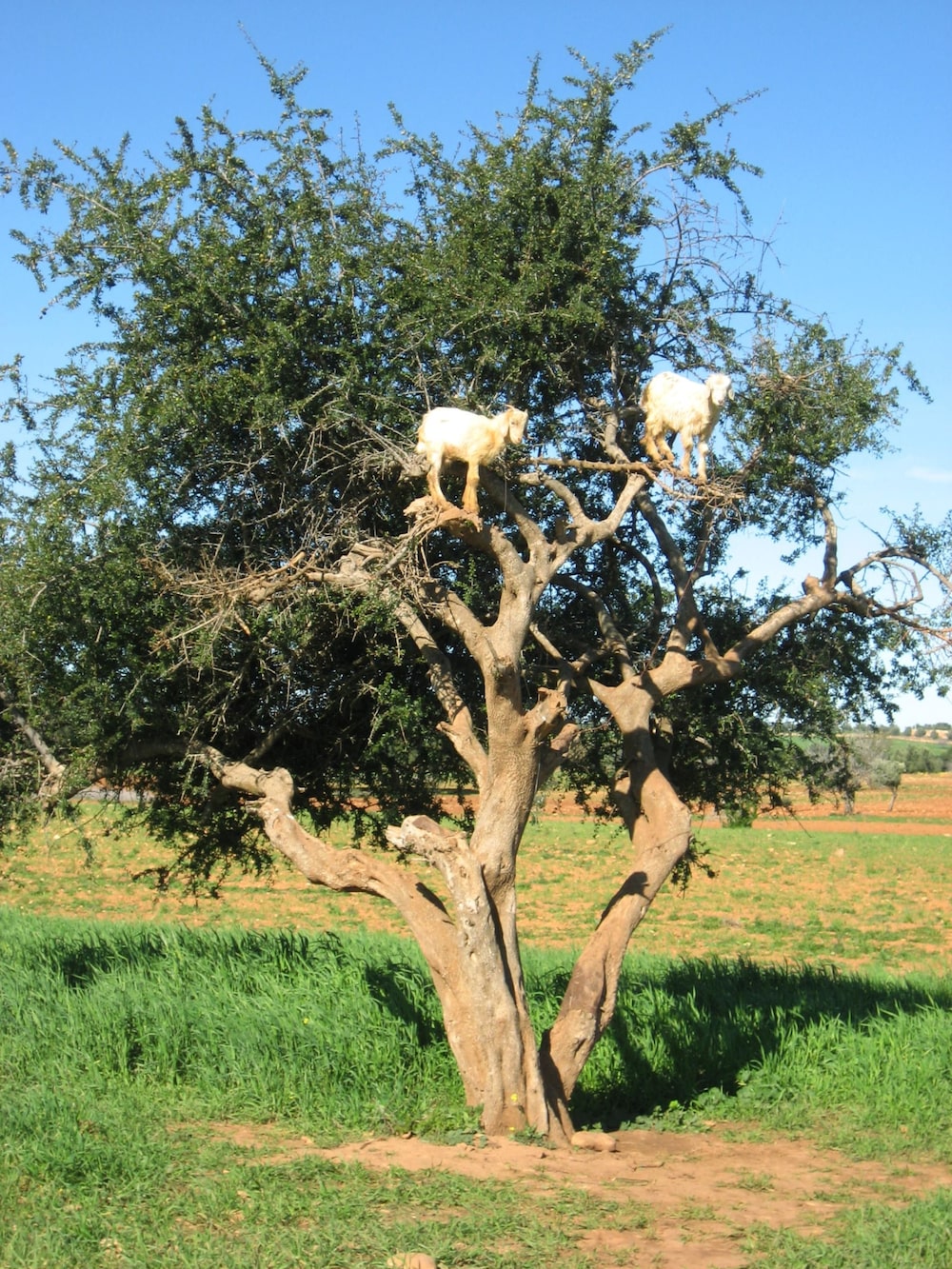
Morocco
Morocco’s historic advancement to the 2022 World Cup semifinals has earned it a lot of attention, but this North African country—also rich in musical heritage—was already becoming more popular. It’s now experiencing a rebound that was grandly visible in Marrakech: Last month, Yves Saint Laurent’s Majorelle Gardens overflowed with tourists Insta-posing on every corner.
As my trip took in Morocco’s medinas, non-European parts of walled cities and seaside towns, I fell in love with this country that effortlessly blends adventure and tradition with pampering. Whether it’s a three-course Moroccan lunch at the family-owned Riad Kniza, the sounds of live Moroccan ballads on guitar or dancing under the stars with Gnaoua musicians at Yes We Camp’s desert glamping lodge, each lavish moment surpassed the previous one.
The most teachable moment came while I was getting a full Moroccan hammam treatment at Les Bains du Lotus, tucked inside the medina of Marrakech. Goodbye, modesty: The bathhouse attendant scrubbed and cleaned my body like a baby for two hours as I laid still in a flimsy paper thong. When she’d signal to sit up or turn around every 20 minutes or so, I’d blurt out: “That’s it, right?” Eventually, she burst into laughter at my discomfort. I joined in and stopped resisting, remembering that this is what travel is about.
Read more on Bloomberg.com

